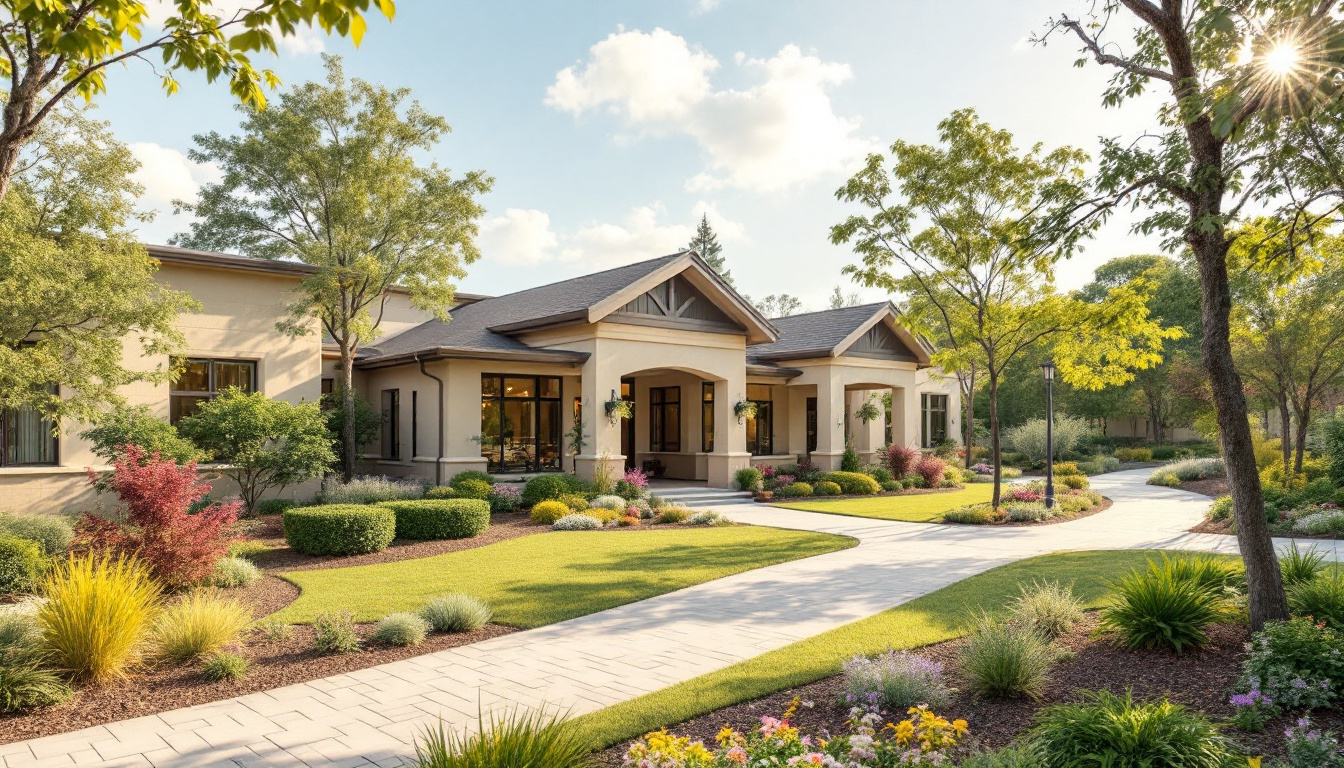The Role of Care Plans in Assisted Living Communities
Personalized Care Plans: A Blueprint for Enhanced Senior Living
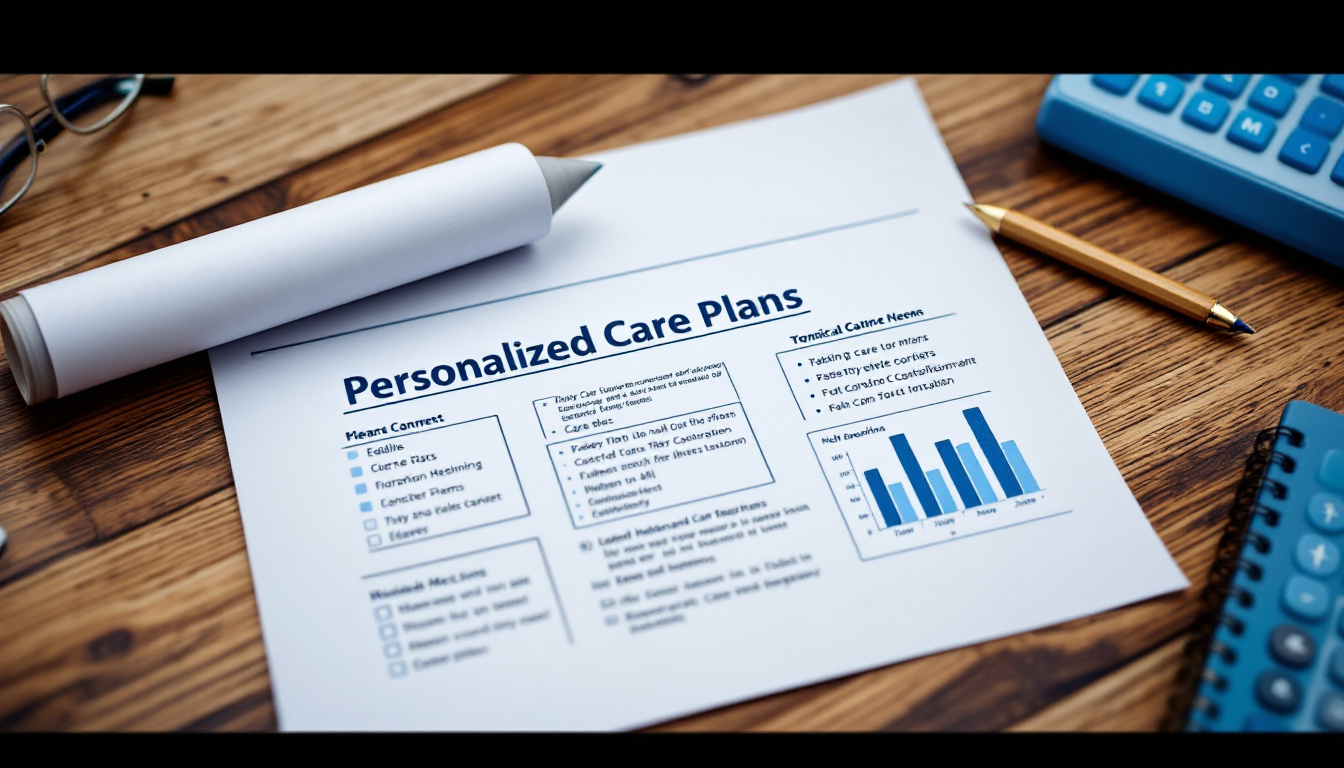
Understanding the Significance of Care Plans in Assisted Living
In assisted living communities, the creation of personalized care plans is at the heart of providing high-quality, individualized care to residents. These plans serve as comprehensive guides, addressing the specific health, social, and emotional needs of each individual, ensuring they receive the appropriate level of attention and support. In this article, we explore the various facets of care plans and their crucial role in enhancing the well-being of residents in assisted living environments.
Developing Personalized Care Plans
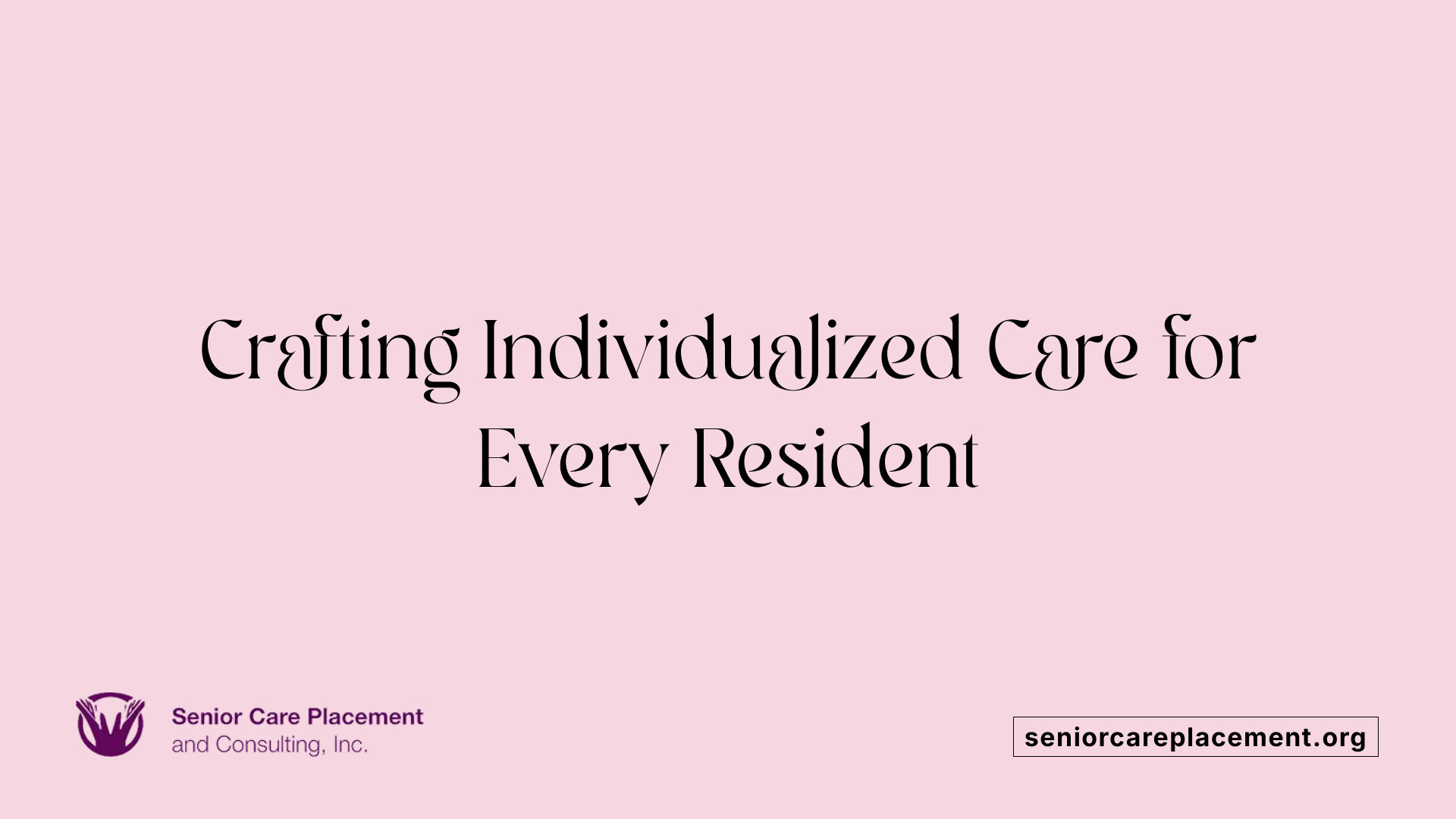
How are personalized care plans developed and tailored to individual resident needs?
Personalized care plans in assisted living facilities are crafted through a collaborative effort that unites the resident, their family members, and a multidisciplinary care team. This approach ensures that every aspect of a resident's needs—be it physical, emotional, or cognitive—is considered, laying a solid foundation for effective care.
The development process kicks off with thorough assessments of the resident's current health status and personal preferences. This assessment touches on various aspects, including medical requirements, dietary restrictions, mobility assistance, and social activities. By engaging in meaningful discussions, care providers can gain insight into the resident’s routines and goals, which helps in tailoring the care plan to their unique lifestyle.
Moreover, the care plan includes a robust framework for goal setting. Clear action plans outline how to meet the resident’s health and social objectives, ensuring a holistic approach to well-being. These plans typically involve regular updates, often quarterly, to reflect any changes in the resident's health status or preferences, ensuring that care remains relevant and effective.
This dynamic process not only fosters a supportive environment but also promotes individuals' dignity and autonomy, encouraging resident involvement in their care decisions. Ultimately, well-developed care plans lead to higher satisfaction levels and improved health outcomes for residents.
Components and Structure of Care Plans
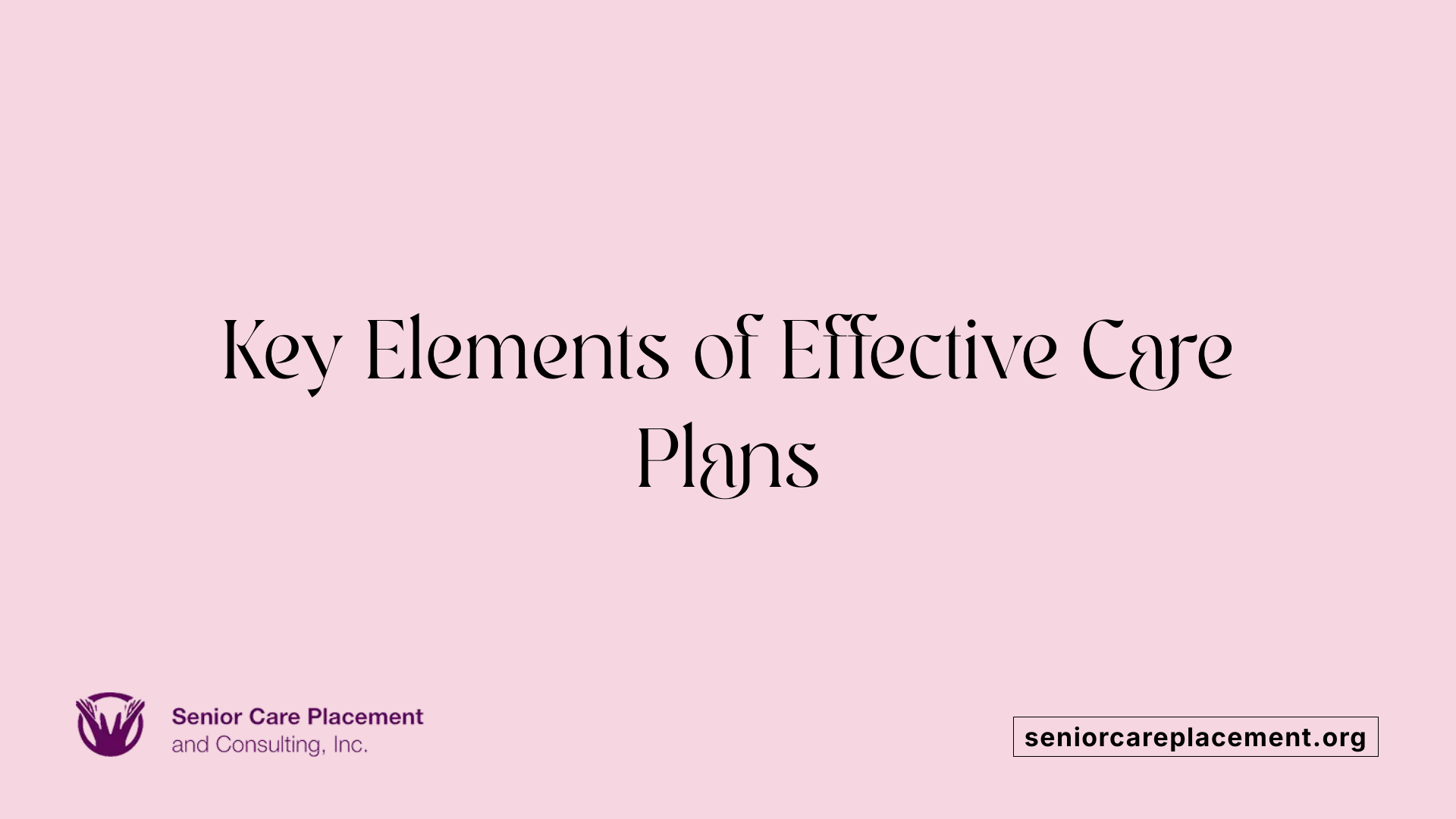
What are the components and structure of care plans within assisted living environments?
A care plan in assisted living environments is a personalized approach designed to meet the specific health, social, and emotional needs of residents. By focusing on individual care, these plans enhance the overall quality of life for residents.
Key elements of care plans
The key components of a well-structured care plan commonly include:
- Physical Health Assessments: Regular evaluations of medical conditions and physical capabilities.
- Mental and Emotional Health Support: Strategies to address psychological needs and mood disorders.
- Medication Management: Detailed plans for medication administration, including dosages and schedules.
- Dietary Requirements: Custom meal plans that cater to nutritional needs and preferences.
- Mobility Assistance: Support structures for residents with limited mobility.
Importance of comprehensive assessments
Developing an effective care plan involves thorough evaluations that encompass residents' preferences, routines, and personal goals. Interdisciplinary collaboration is essential. Team members typically include healthcare professionals, family members, and the residents themselves, ensuring the care received aligns with their personal wishes.
Frameworks for care plan structure
Care plans often employ frameworks like the Resident Assessment Protocols (RAPs), focusing on specific assessment areas to create a comprehensive view of resident needs. Additionally, structure follows the five-step nursing care model:
- Assessment - Gathering information on resident needs.
- Diagnosis - Identifying health issues based on assessments.
- Outcomes and Planning - Setting care goals and strategies.
- Implementation - Executing the care plan through staff actions.
- Evaluation - Regularly reviewing and updating the plan as conditions change.
This systematic approach promotes continuous communication among caregivers and ensures adaptive responses to individual care needs.
Adapting to Changing Needs
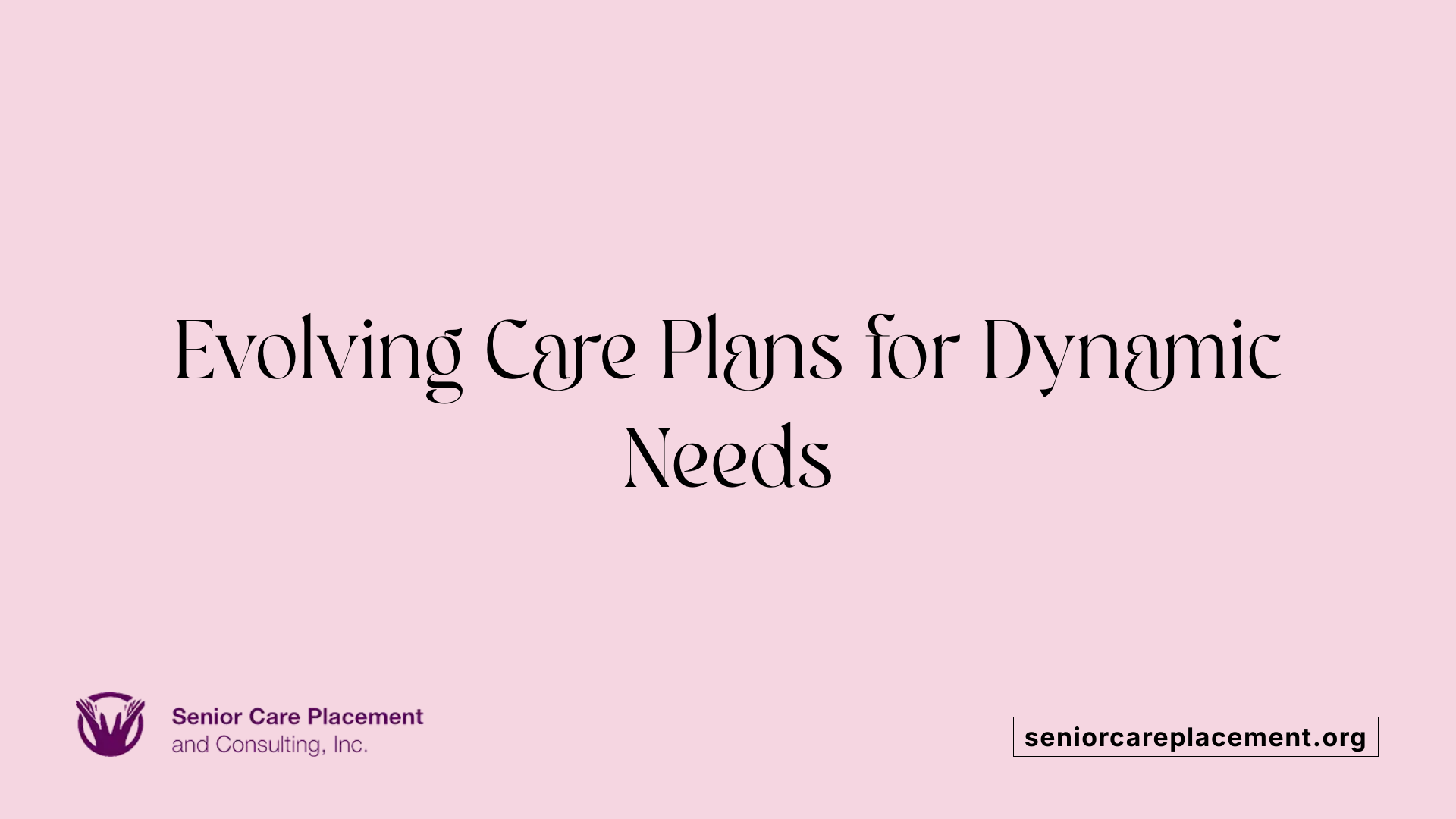
How do care plans adapt to the changing needs of residents over time?
Care plans are dynamic documents that evolve alongside the needs of residents. They adapt over time through ongoing assessments, which ensure the specific health, social, and emotional needs of each resident are adequately addressed. As older adults frequently deal with chronic conditions, healthcare providers rely on evidence-based guidelines while remaining attuned to the preferences of the residents.
In assisted living communities, these plans often emphasize home-based and virtual care options, reflecting an increasing preference among seniors for receiving care in familiar surroundings. Regular evaluations allow for necessary modifications to care strategies, focusing on trends in residents' mobility and health status.
Why are regular reviews important for adapting care?
Regular reviews of care plans are vital for adapting to any shifts in a resident's condition. Typically, facilities conduct quarterly reviews, which provide an opportunity for caregivers to adjust services and interventions. These assessments facilitate proactive monitoring, contributing to improved resident well-being and satisfaction.
The role of individualized interventions
Individualized interventions are crucial in this adaptability. By integrating personal preferences, routines, and achievable goals into care plans, caregivers can ensure that the support offered is not only relevant but also meaningful. This fosters a sense of autonomy and encourages greater participation from residents, which positively impacts their overall engagement and emotional health.
These personalized approaches ultimately lead to more effective communication among care teams, ensuring a coordinated response to the changing needs of each resident.
Benefits of Individualized Care Plans
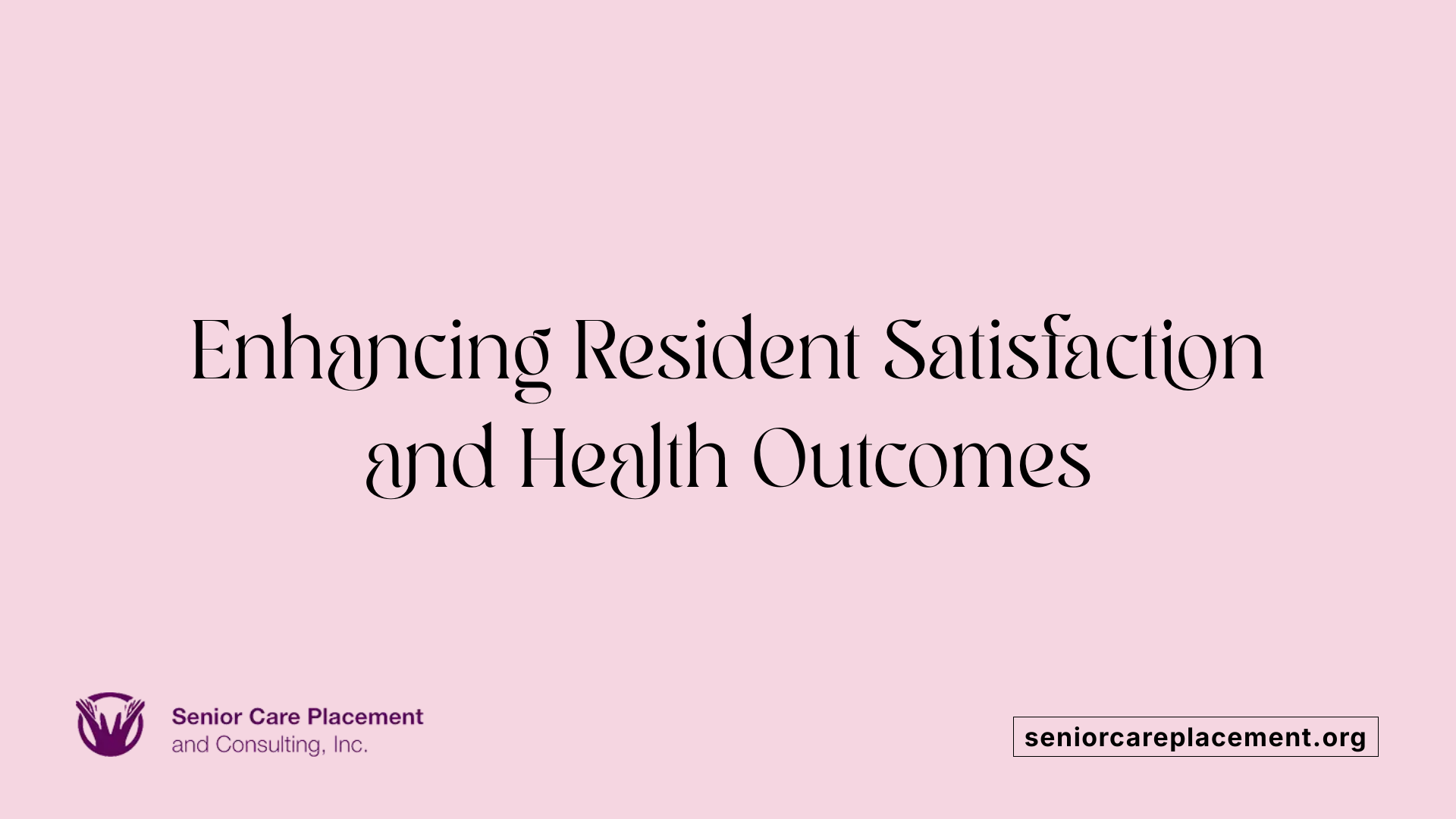
Enhanced quality of life through personalized care
Individualized care plans play a significant role in elevating the quality of life for residents in assisted living and memory care settings. By tailoring care to accommodate each individual’s unique needs and preferences, these plans not only foster a sense of belonging but also enhance overall satisfaction. As a result, residents often experience greater happiness and emotional well-being.
The relationship between staff and residents
Another key advantage of individualized care plans is the impact they have on the relationship between staff and residents. Enhanced communication and collaboration arise when caregivers understand the specific needs and preferences of those they care for. This promotes a more empathetic approach to care and strengthens the bond between residents and their caregivers, making the environment feel more supportive and welcoming.
Health outcomes and personal satisfaction
From a health perspective, individualized care plans facilitate better health outcomes by aligning treatments with residents’ medical histories and personal goals. This alignment minimizes unnecessary medical interventions and encourages independence in daily activities. In memory care settings, such personalized approaches help maintain cognitive stimulation and offer necessary emotional support, ultimately helping to preserve the residents' identities and enhance their emotional well-being. In summary, these customized care plans contribute to more dignified, controlled, and satisfying lives for residents.
The Role of Family Involvement and Care Coordination
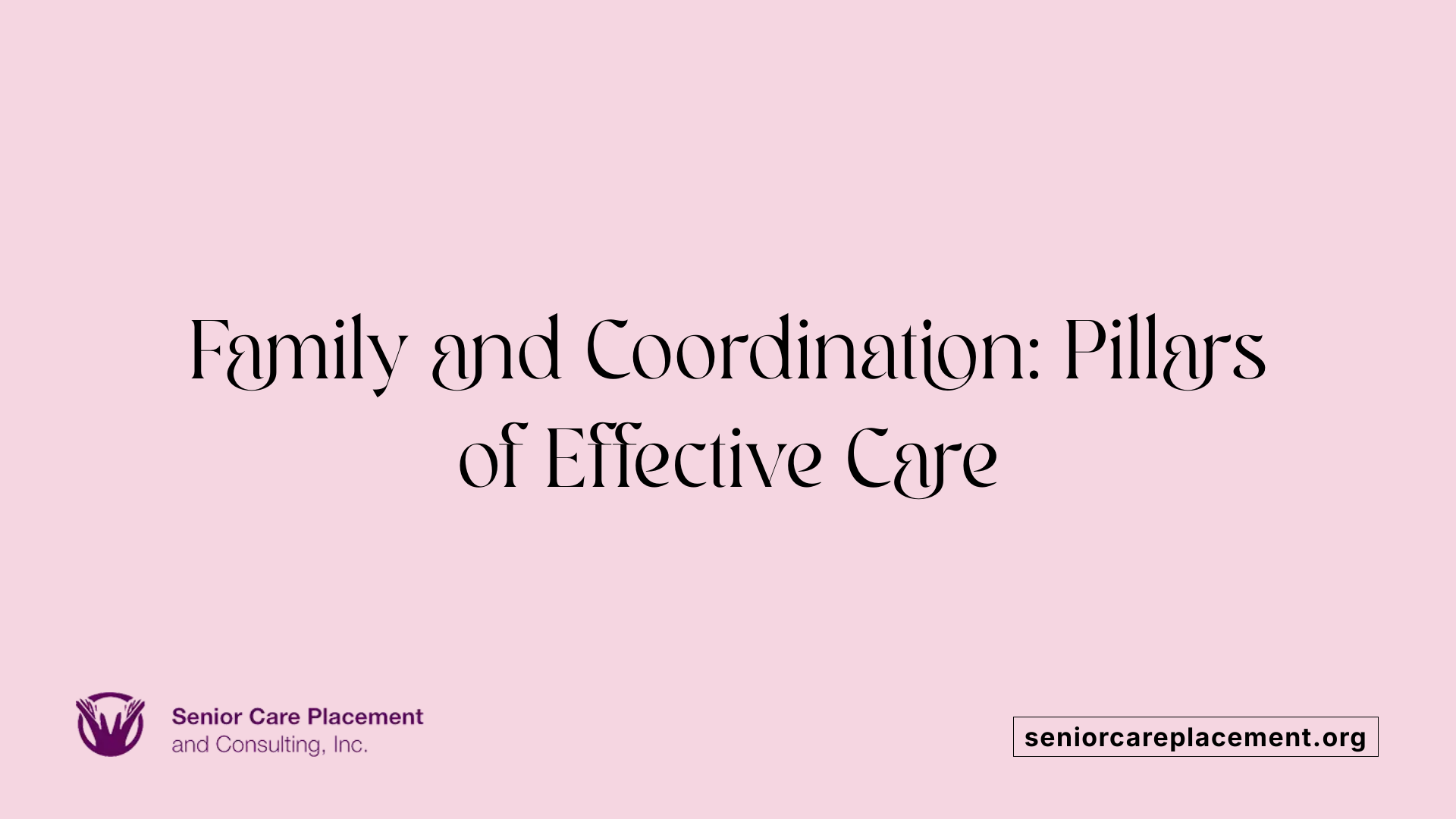
What is the role of family involvement in creating effective care strategies?
Family involvement is essential in developing effective care strategies within assisted living communities. By engaging family members during the care planning process, healthcare providers can foster collaboration that enhances healthcare outcomes. This collaboration brings valuable insights regarding the resident's preferences, routines, and personal goals, which ensures that the care plan is centered on the individual's specific needs.
Families contribute significantly to the overall care strategy by providing critical financial, emotional, and educational resources. Their input can help recognize the everyday context of caregiving, thereby supporting decisions that resonate with the resident's unique circumstances. Establishing trusting relationships and empowering families enables a shared responsibility in managing health and maximizes the efficacy of care strategies.
What is the importance of care coordination in enhancing resident health outcomes?
Care coordination plays a pivotal role in improving health outcomes for residents in assisted living settings. It involves the organization of patient care activities and facilitates communication among different healthcare providers. This organized approach allows for a clearer understanding of each resident's needs, leading to safer and more effective care, particularly for those with chronic conditions.
Research indicates that enhanced care coordination can lead to substantial reductions in hospital admissions and emergency department visits. By implementing structured processes in care coordination, healthcare systems can create customized care plans that better address individual health challenges and support ongoing engagement. Overall, effective care coordination improves health outcomes, decreases healthcare costs, and elevates satisfaction levels for residents and their families.
Overview of the Family's Role and Care Coordination
| Aspect | Family Involvement | Care Coordination |
|---|---|---|
| Key Function | Provides insights into patient preferences and routines | Organizes care activities and facilitates provider communication |
| Benefits | Enhances personalized care and shared responsibility | Leads to improved safety and quality care |
| Impact on Health Outcomes | Reduces costs, increases patient satisfaction | Decreases emergency visits and improves overall quality of life |
| Engagement Opportunities | Participation in care conferences and decision-making | Reviews and updates on care plans |
In summary, family involvement and care coordination are critical components in optimizing the effectiveness of care plans in assisted living facilities.
The Impact of Care Plans on Assisted Living Success
Care plans are integral to the quality and success of care provided in assisted living communities. By offering personalized, strategic care tailored to the unique needs of each resident, these plans ensure improved well-being, satisfaction, and independence. The collaborative nature of developing and maintaining these plans emphasizes the importance of family involvement and effective communication, ultimately leading to better health outcomes and an enhanced quality of life for seniors. As we move towards a more person-centered approach in elder care, the role of well-structured care plans continues to be a cornerstone in fostering environments where seniors can thrive.
References
- What Is A Care Plan in Assisted living?
- Care Plans & Their Role in Person-Centered Care - ProSeniors
- How A Senior Care Plan Helps Manage Care | A Place for Mom
- What Are Individual Services Plans In An Assisted Living Community?
- How Assisted Living Facility Use Care Plans
- Blog | Personalized Care Plans
- How Personalized Care Plans Improve the Resident Experience
- Personalized Care Plans: How Assisted Living Supports You


























































